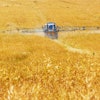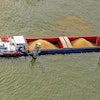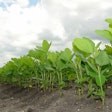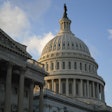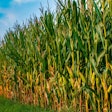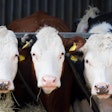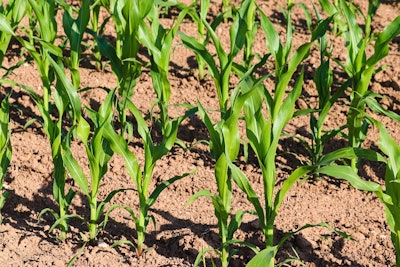
The nation's drought conditions intensified across multiple regions last week as above-normal temperatures and below-average rainfall affected large portions of the country, according to the latest U.S. Drought Monitor report. The U.S. Drought Monitor is produced through a partnership between the National Drought Mitigation Center at the University of Nebraska-Lincoln, the United States Department of Agriculture and the National Oceanic and Atmospheric Administration.
Between August 13-19, temperatures ran 1 to 5 degrees above normal nationwide, with isolated areas in the central High Plains, Midwest, Arkansas, and parts of Pennsylvania and New York experiencing temperatures 5 to 10 degrees higher than average.
The West remained locked in severe to exceptional drought (D2-D4) conditions across California, Nevada, Arizona and New Mexico. These dry conditions fueled several major wildfires, including Arizona's Dragon Bravo Fire, which has burned over 145,000 acres, and California's Gifford Fire, which has consumed approximately 130,000 acres.
"A record-breaking heat wave, with temperatures above 110°F in desert areas and red-flag warnings across California, has heightened fire danger," the report stated.
Colorado's Lee Fire has already burned more than 137,000 acres, ranking among the state's largest wildfires.
The Northeast grew drier almost everywhere, with drought spreading across West Virginia, Pennsylvania, Maryland, New York and New England. Maine experienced multiple 90-degree days, while severe drought (D2) was introduced along its southeast coast.
Arkansas is experiencing what meteorologists describe as a "flash drought," with conditions deteriorating rapidly. Nearly the entire state is now abnormally dry or worse, with pockets of severe drought developing in the northeast and central counties.
In the South, Texas saw some improvements due to heavy rains and flooding in south-central counties earlier in the month, but fire danger increased in the Panhandle and Oklahoma as heat and dry rangelands created favorable conditions for grassfires.
Looking ahead through August 26, forecasts predict heavy precipitation along the East Coast, with amounts potentially exceeding 5 inches from North Carolina through the Mid-Atlantic into southern New England. The Pacific Northwest and much of California are expected to remain dry.
The Climate Prediction Center's 6-10 day outlook shows much of the central and eastern U.S. is likely to experience cooler-than-normal temperatures, while warmer conditions are expected along the West Coast, especially in the Pacific Northwest and northern California.
